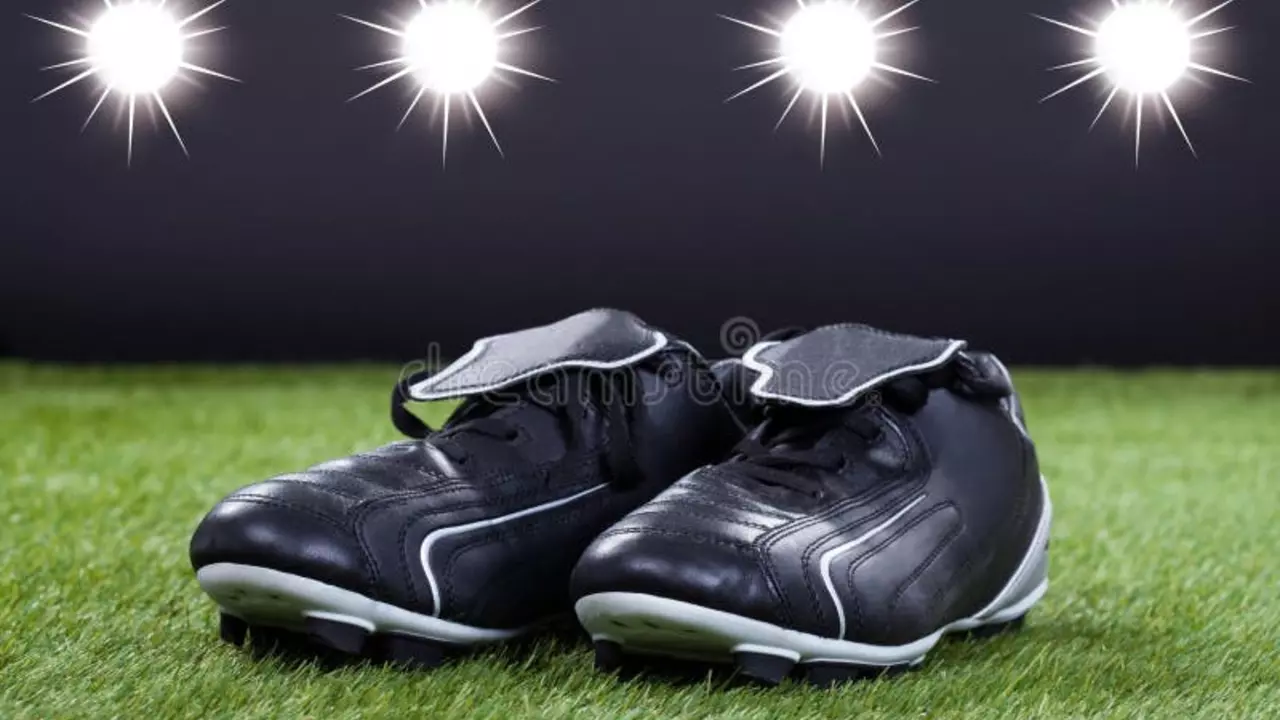Soccer Cleats: Everything You Need to Know
When talking about soccer cleats, the specialized shoes that give footballers grip, stability and comfort on the field. Also known as football boots, they combine design, material and stud layout to match the demands of modern play.
One of the first things to notice is the stud configuration, the pattern, shape and length of the protrusions on the sole. Soccer cleats encompass stud configuration that ranges from conical to bladed designs. Conical studs spread pressure evenly, helping quick pivots, while bladed studs dig deeper for explosive sprints on firm ground. Knowing which pattern suits your style can shave seconds off a sprint and reduce ankle twists.
The ground you play on matters just as much as the studs. A pitch surface, the type of ground—natural grass, artificial turf or indoor hard floor determines the ideal sole plate. Choosing the right sole plate requires understanding pitch surface; firm grass favors longer, angled studs for traction, while artificial turf needs shorter, more numerous studs to prevent excessive gripping that can lead to injuries. Ignoring this link often results in slipping or sore feet after a match.
Material technology is the third pillar of a good pair. Modern material technology, innovations like lightweight synthetic leather, knit uppers and carbon-fibre inserts boost both comfort and ball control. Material technology influences durability and ball control by shaping how the foot moves inside the boot and how the boot interacts with the ball’s surface. A breathable knit reduces sweat, while a carbon-fibre shank adds stiffness for powerful shots without adding weight.
All these elements tie directly to player performance. Better traction means more confidence in tackles, while a snug fit translates to accurate passing and shooting. Studies from leading sports science institutes show that athletes who match stud pattern, surface type and material to their playing style see a 5‑10% boost in sprint speed and a measurable drop in non‑contact injuries.
When you’re ready to buy, focus on fit first. The boot should hug the midfoot, leave a thumb’s width at the toe, and allow natural ankle movement. Try them on with the socks you normally wear, and test a few cuts—low, mid or high—depending on how much ankle support you need. Remember, a tighter fit improves ball feel but can cause blisters if too aggressive.
Maintenance keeps the tech working. Rinse natural‑leather boots with a damp cloth, avoid machines, and let them air dry away from direct heat. Synthetic and knit models benefit from a quick wipe‑down and occasional spray of a water‑repellent treatment. Regularly check stud wear; worn studs lose grip and increase the risk of slipping, especially on wet grass.
Now that you understand how stud layout, pitch type and material choices shape the game, the list below will show you real‑world examples, buying tips and performance hacks. Dive in to find the perfect pair that matches your style, the ground you play on, and the level of comfort you deserve.
In essence, your kid can wear soccer cleats for softball, but it's not the best idea. Soccer cleats are designed differently and lack the toe cleat that's common in softball cleats, which is crucial for quick starts or stops. While it won't necessarily harm them to wear soccer cleats, they might not provide the same level of performance or safety on the field. It's always best to get the appropriate gear for the particular sport to ensure safety and enhance performance.
